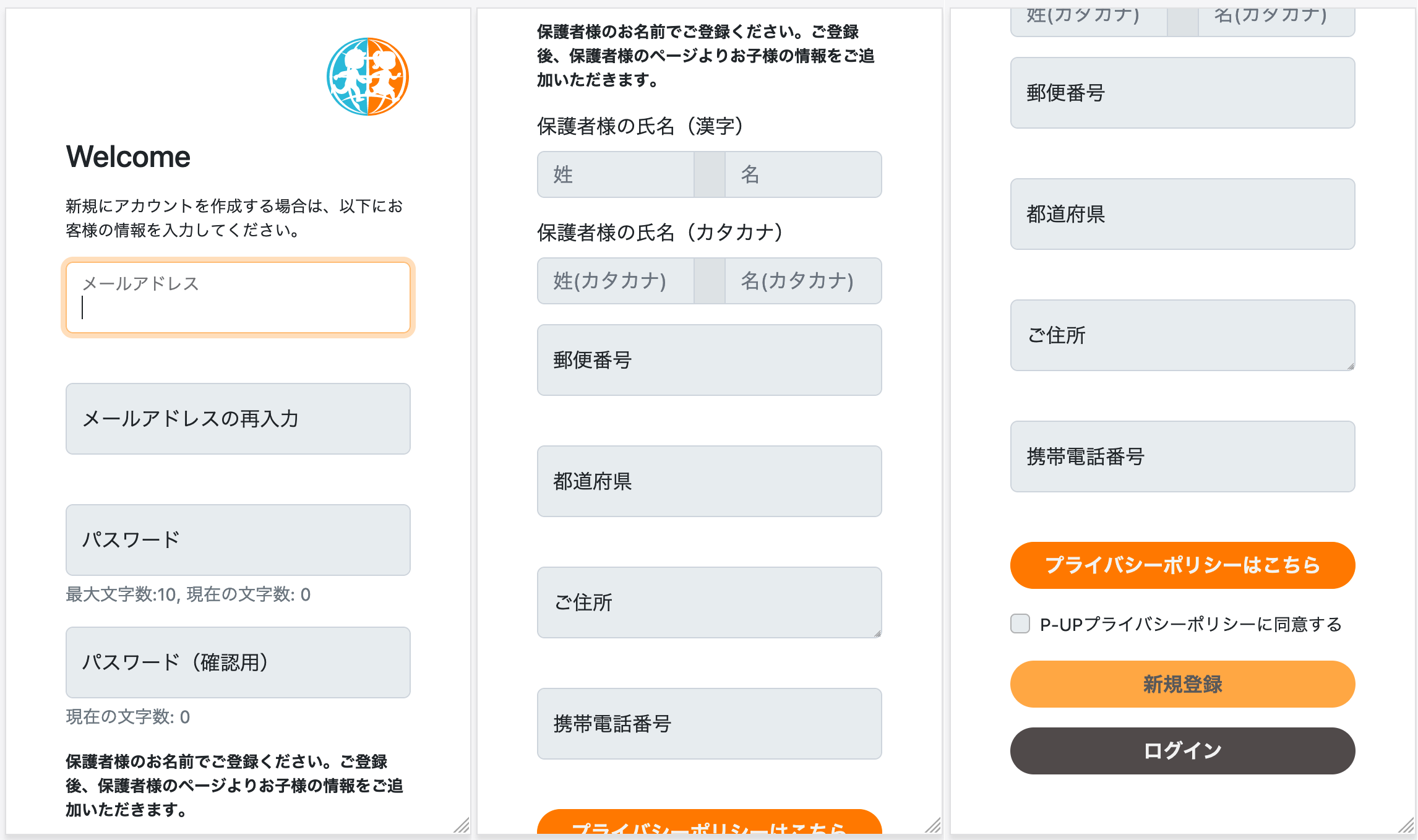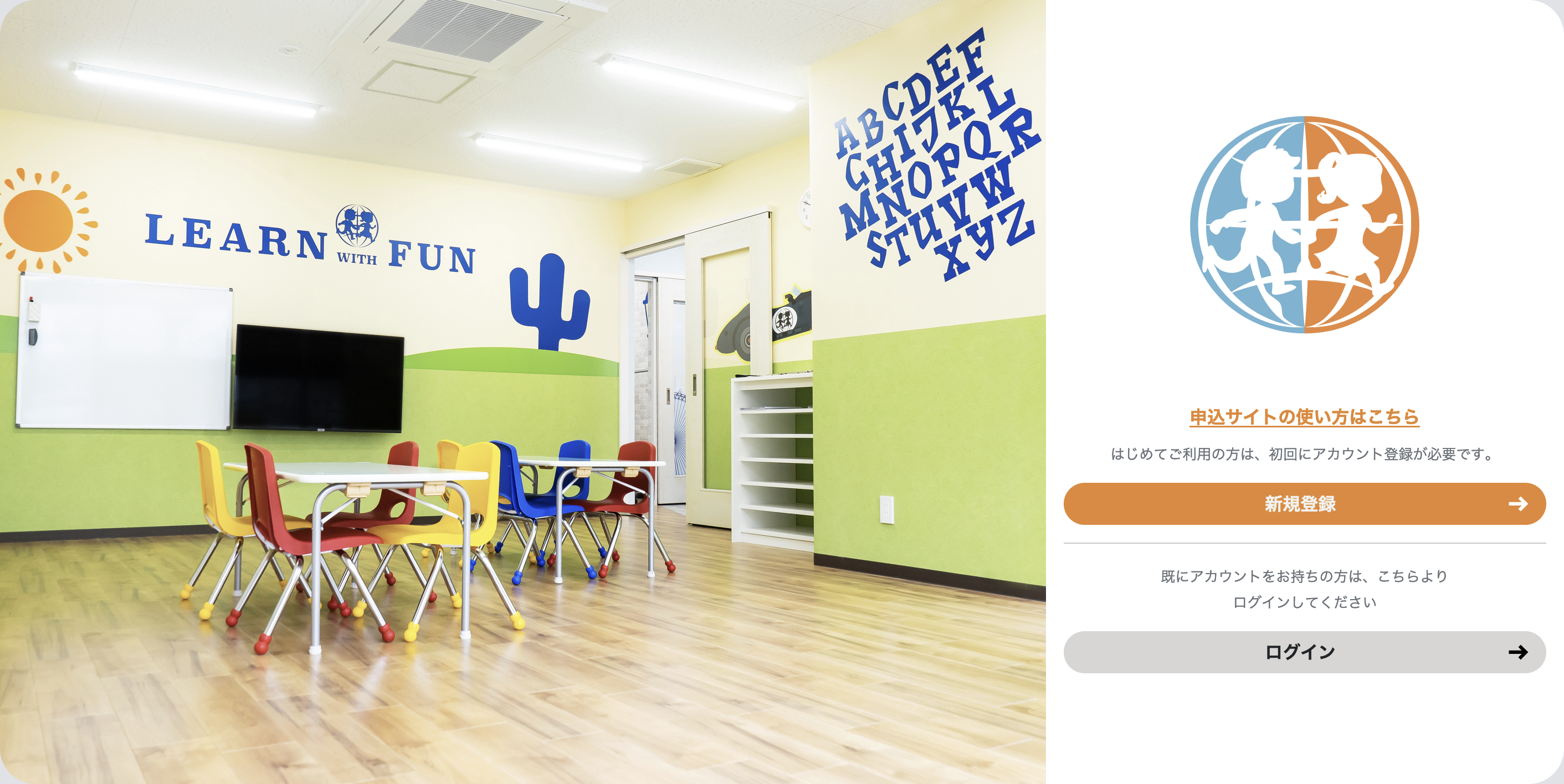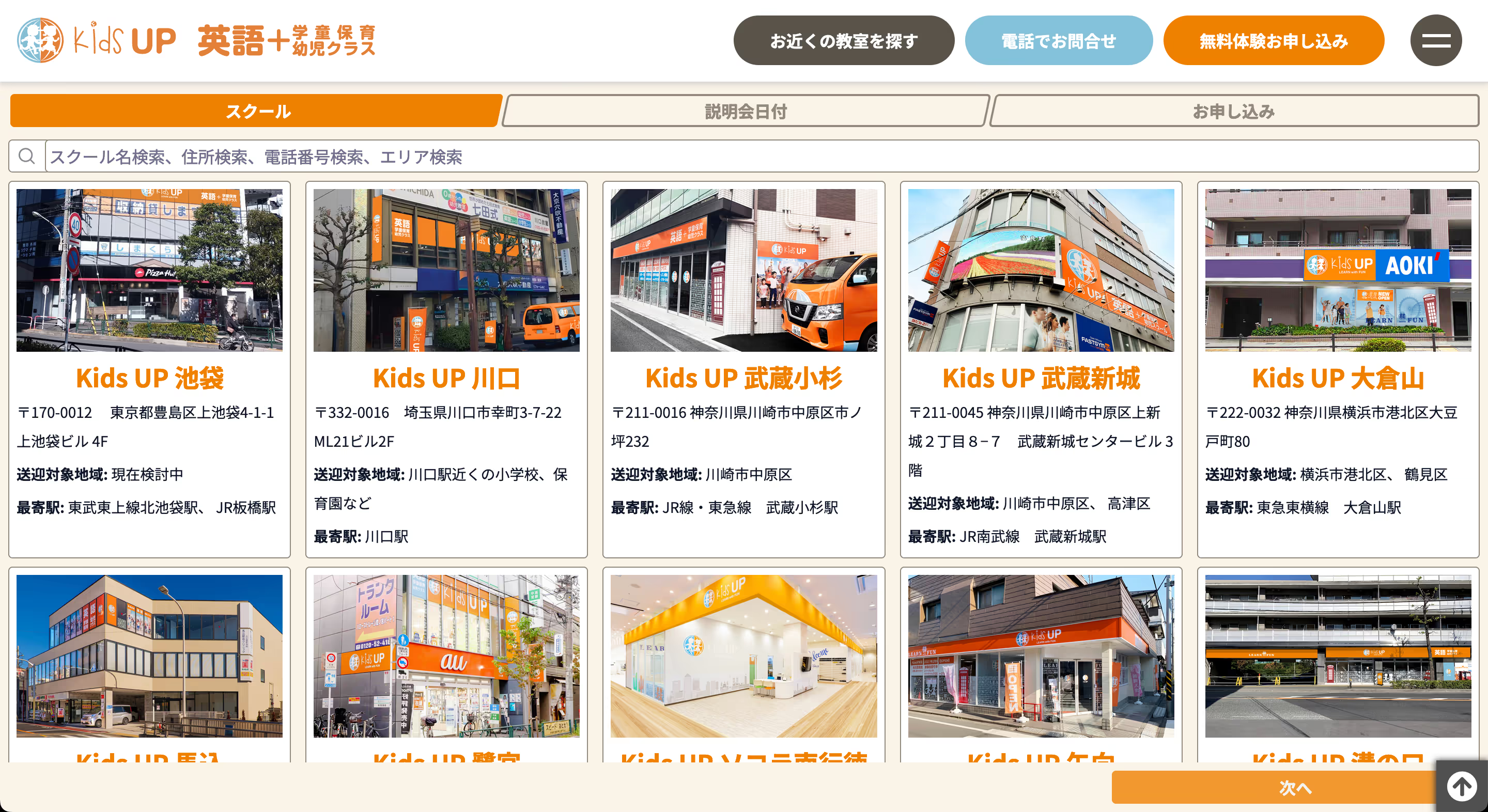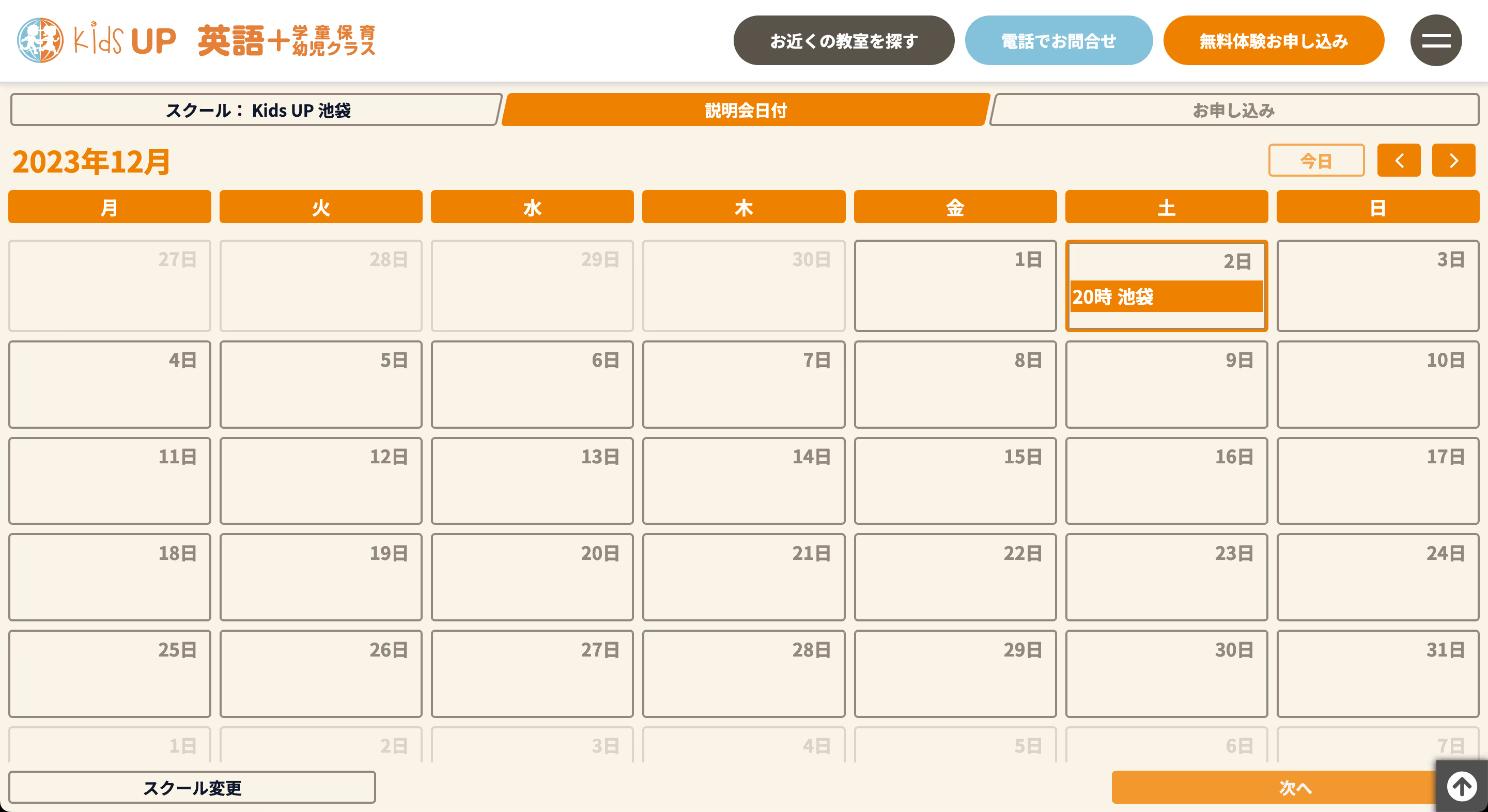I have professional experience in web development with Ruby on Rails on AWS, and an interest in any and all areas of programming. Though I chose to start with web development due to plentiful high-quality free learning resources, I would love to get experience in other areas.
I began learning to code in February 2022 with The Odin Project and in November 2022 joined KidsUP (my current employer) as an English teacher. Shortly after joining the company, I was entrusted with sole responsibility for designing, developing and organizing hosting for a new event registration site to replace the incumbent Google Forms/Sheets arrangement. That site is currently in production use for KidsUP's biggest seasonal event of the year, with more than 3 000 bookings expected by the end of the event. Since completing that project I have been given responsibility for multiple other projects related to modernizing internal systems.
While solo-developing such an important site has certainly been a valuable learning experience, I am currently exploring opportunities to join a more traditionally structured development team. If you're interested in hiring a full stack web developer with a proven track record of quickly learning and improving under pressure, feel free to get in touch!
Download CV Astro
Astro
 Vite
Vite
 EC2
EC2
 Elastic Beanstalk
Elastic Beanstalk
 RDS
RDS
 Route 53
Route 53
 S3
S3
 SES
SES




